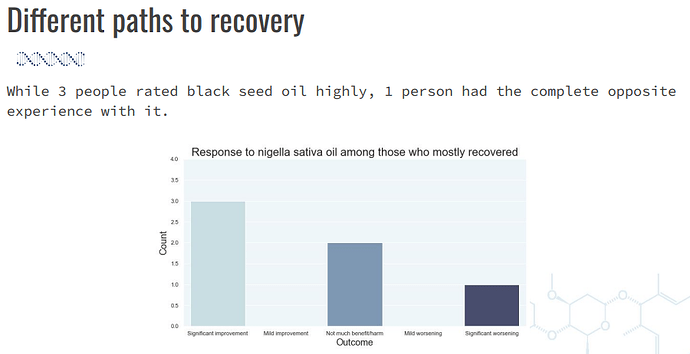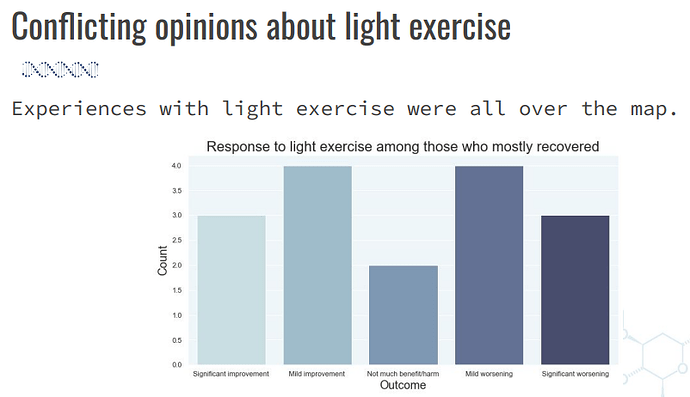There won’t be a magic cure if chronic illness has multiple underlying mechanisms. The current evidence suggests that what heals one person will make another person worse. So, we need to start thinking about multiple underlying causes. For example, meningitis is caused by:
- Viruses
- Bacteria
- Fungi
- Parasites
- Noninfectious causes - chemical reactions, drug allergies, some types of cancer, and inflammatory diseases such as sarcoidosis.
Different drugs are used to treat the different causes. Chronic illness (e.g. Long COVID, post vac) looks similar- patients are recovering on a wide range of drugs and don’t consistently respond to the top drugs/interventions. Unfortunately, current treatment for chronic illness is mostly done in a blind fashion because we don’t have great tests to guide us. If the chronic illness is caused by persistent infections, then good testing is likely years away.
Treatment has to be done through trial and error. It will take time to find out which treatments help and which treatments cause harm.
Some data on opposing reactions to treatment
From the slides for the video What worked for 27 people who recovered - Feb 2023
It looks like there are underlying mechanisms that are the opposite of what other people experience. They cause some people to have the opposite reaction to a particular treatment. Patients are going to have to take different paths to recovery.
The underlying mechanisms - microbes?
The microbes living inside our brain, tissue, blood, etc. could explain chronic illness. Sometimes they engage in teamwork and help each other thrive. In other situations, they fight over resources and hurt the fitness of other microbes. A small change can have a big impact on this ecosystem because of all the interactions between microbes (as well as interactions between microbes and our immune system trying to fight them).
Scientists don’t always know why a microbe can cause disease in some situations but not others. You can simply read up on the literature regarding ‘pathobionts’ which are disease-causing pathogens in some situations. Even if we know all of the microbes living inside a person, we may not necessarily be able to figure out why some of the microbes cause disease. So, current testing may have limited usefulness. We still have to blindly treat without knowing which treatments are beneficial for the patient and which ones will go the wrong way.
For a deeper dive into the science, see this video:
Tests for infectious diseases
John Chia (see profile) maintains a rudimentary website with information on tests for ME/CFS. Many of those tests aren’t popular with chronic illness patients so I haven’t found great information on their usefulness.
Chia notes that current tests will miss a lot of infections.
Takeaways
We should get out of the mindset that there is going to be a magic cure that works for most/all people. The best treatments right now are double-edged swords. More people will heal if we take steps to protect ourselves from treatment going wrong: start with low dosages and discontinue treatment early.


